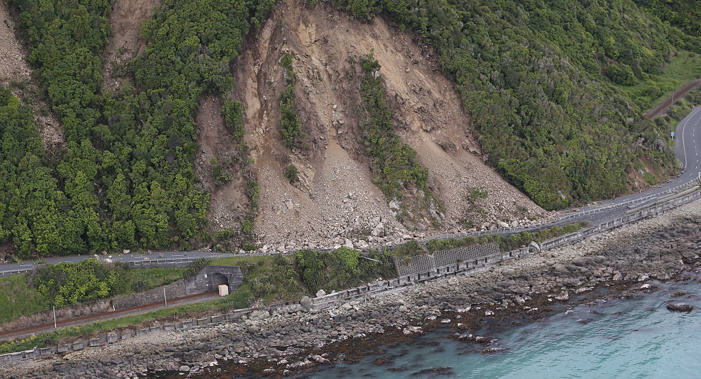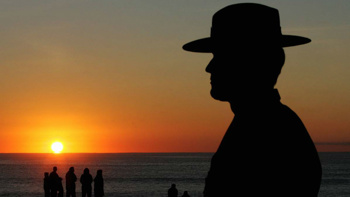
A massive underwater landslide caused by the 2016 Kaikoura earthquake moved more than 100 million dump trucks of mud and sand hundreds of kilometres, scientists say.
The landslide, known as canyon flushing, was one of the largest ever documented and took place just off the Canterbury coast in the Kaikoura Canyon.
Scientists, publishing a paper in the Science Advances journal on Thursday, found at least 850 metric tonnes of sediment billowed down from the top of the canyon.
It wiped out all organisms living in the seabed before travelling along the deep sea Hikurangi Channel to distances up to 680km northeast of Kaikoura.
The canyon head had been smooth and draped in mud in 2013, but investigations two months after the 2016 earthquake revealed the mud had been stripped away from almost every part of the upper slope, Lead author Joshu Mountjoy says.
"The event has completely changed much of the canyon floor, eroding into rock and moving dunes of gravel through the lower canyon," he said.
"We knew that events like this could happen from telecommunication cable breaks during earthquakes ... however, we have never had data to show us what impact these events have on the canyons themselves."
Scientists found parts of the canyon had deepened by up to 50m because of sediment cutting into the sea floor.
They said similar events triggered by large earthquakes were likely to occur in the Kaikoura Canyon every 140 years on average.
The mass upheaval also released seven million tonnes of carbon that is now available to nourish deep sea communities.
It comes as a NIWA study last September found the canyon's former biodiversity hotspot that was decimated by the earthquake is now showing signs of recovery and recolonisation by animals.
Other studies since 2016 have also revealed the quake was the most complex one ever recorded, with more than 21 on-and-offshore faults rupturing across more than 100km.
This led to widespread "coastal uplift" and numerous landslides.
Take your Radio, Podcasts and Music with you









